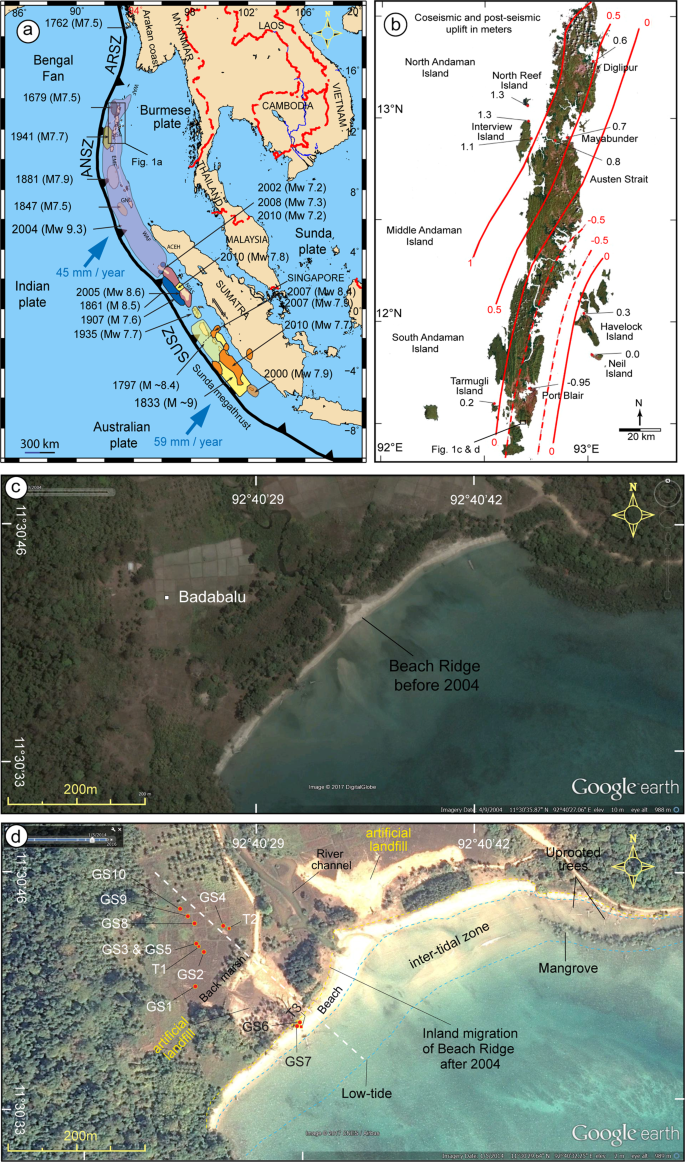

Despite these barriers, Sri Lanka was fortunate in drawing upon a well-developed community health infrastructure as well as local and international resources. The lack of an incident command system, limited funding, and political conflicts were identified as barriers to optimal relief efforts. Months after the tsunami, little rebuilding of permanent housing was evident, and many tsunami victims continued to reside in transit camps without means of generating their own income. Infectious diseases were prevented through the provision of clean water and through vector control. The tsunami hit the island because it was on the main propagation axis, and then.

The fear of epidemics led to mass burials. The most devastated country was Indonesia, as it lies near the subduction zone where the earthquake occurred, but the tsunami also severely struck Sri Lanka, where more than 30 000 people were killed (Liu et al. In the immediate aftermath, the survivors brought bodies to the hospitals, which hampered the hospitals' operations. The Indian Ocean tsunami of 2004 killed 31,000 people in Sri Lanka and produced morbidity primarily resulting from near-drownings and traumatic injuries. Sri Lanka - Tsunami Relief Missions 2005 February 2005 After the tsunami struck Southeast Asia on Dec 26, 2004, I attempted to travel to SE Asia with several large non-profit groups including the Red Cross, World Vision, World Concern, etc, and I was quickly rebuffed in my efforts, so I ended up going to eastern Sri Lanka on my own without any backing from any non-profit groups.


 0 kommentar(er)
0 kommentar(er)
